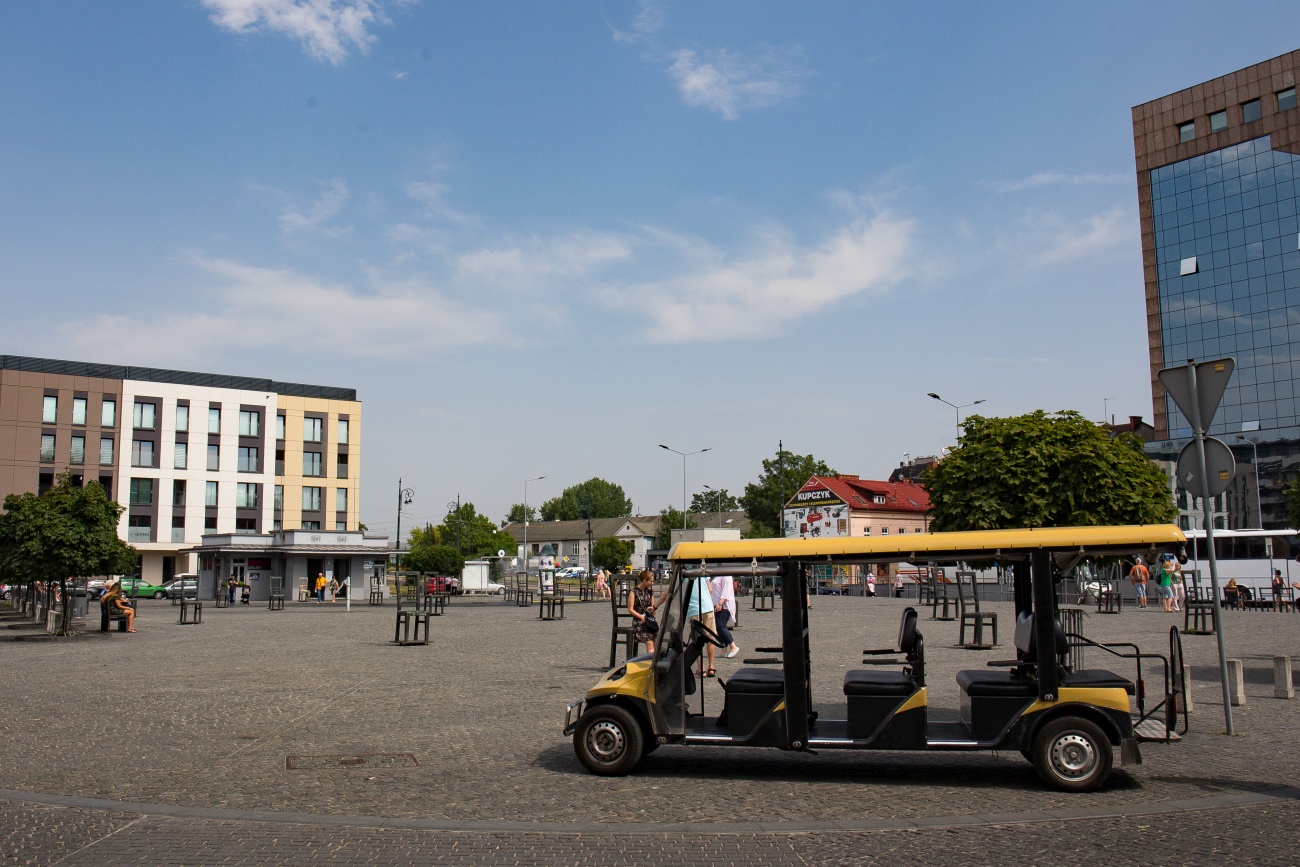Full Tour- Old Town + Kazimierz + Podgórze ( Ghetto, Schindler)
The trip connects all three districts. A comprehensive tour service for the most popular places in Krakow.
Old Town, Kazimierz, Podgórze + Schindler's Factory
 Duration: 110 min
Duration: 110 min
 Audio Guide: 27 language versionas
Audio Guide: 27 language versionas
 Hotel/Hostel pick up
Hotel/Hostel pick up
Open
Old Town:
Kraków Old Town is the historic central district of Kraków It is one of the most famous old districts in Poland today
The district features the centrally located Rynek Główny, or Main Square, the largest medieval town square of any European city.[6] There is a number of historic landmarks in its vicinity, such as St. Mary's Basilica (Kościół Mariacki), Church of St. Wojciech (St. Adalbert's), Church of St. Barbara, as well as other national treasures. At the center of the plaza, surrounded by kamienice (row houses) and nobleresidences, stands the Renaissance cloth hall Sukiennice (currently housing gift shops, restaurants and merchant stalls) with the National Gallery of Art upstairs. It is flanked by the Town Hall Tower
Kazimierz:
Kazimierz – the district south of the Old Town, was the centre of Jewish life in Kraków for over 500 years, before it was systematically destroyed during World War II. Rediscovered in the 1990s, thanks to the fall of the regime and worldwide exposure through the lens of Steven Spielberg, Kazimierz has rebounded and is today Kraków’s most exciting district – a bustling, bohemian neighbourhood packed with historical sites, atmospheric cafes and art galleries.As a result, the district has become a major tourist draw and pilgrimage site for Jews, which has led to the return of contemporary Jewish culture in the area.
Podgórze:
Podgórze being the site of the city’s greatest human tragedy. The Nazis saw its natural placement between the river and the cliffs of Krzemionki as the ideal place for establishing a prison district, and in March of 1941 Kraków’s Jewish population was marched into the centre of Podgórze and walled off in what became known as the Kraków Ghetto. Liquidated two years later, the majority of the Ghetto’s residents were murdered inside, while others met death in the nearby Płaszów concentration camp, or in the gas chambers of Auschwitz and Bełżec.


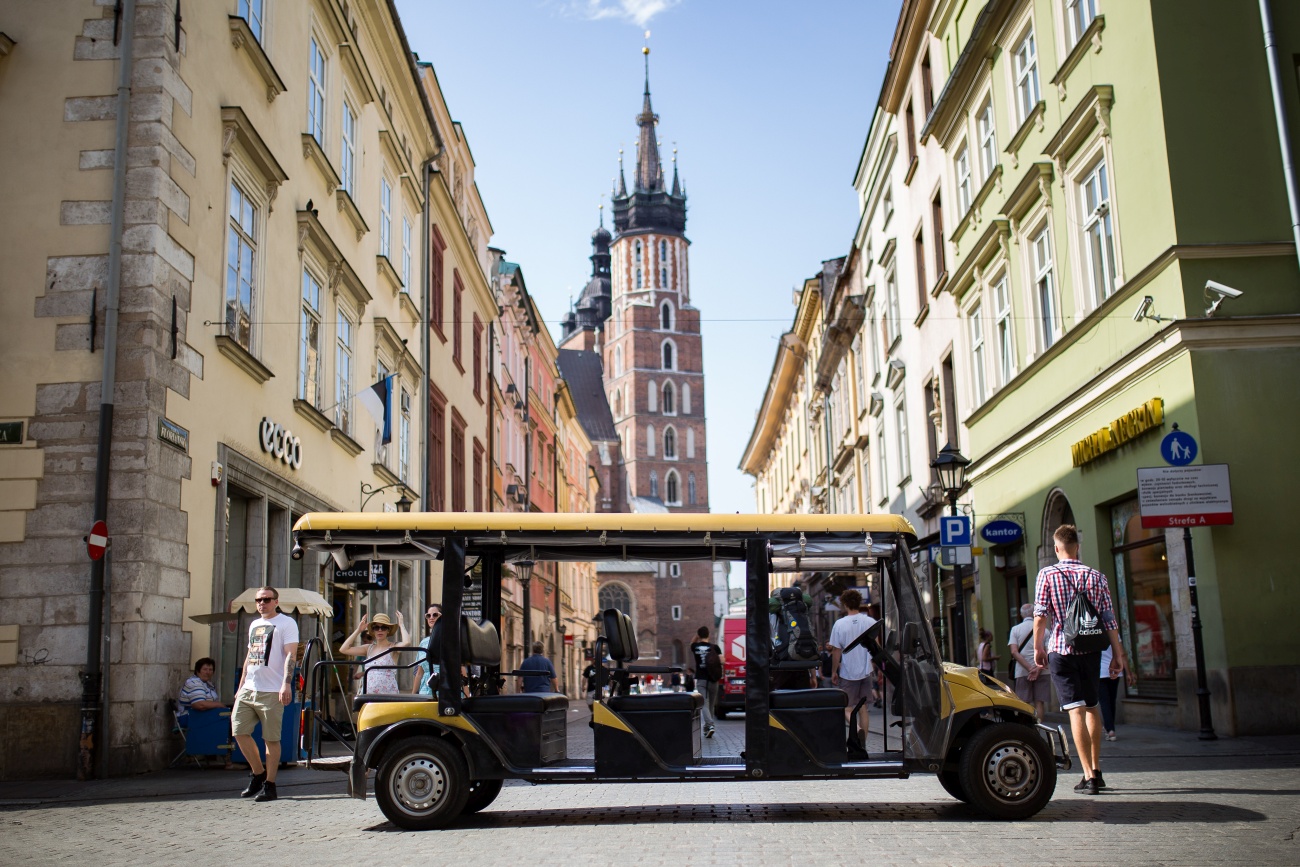
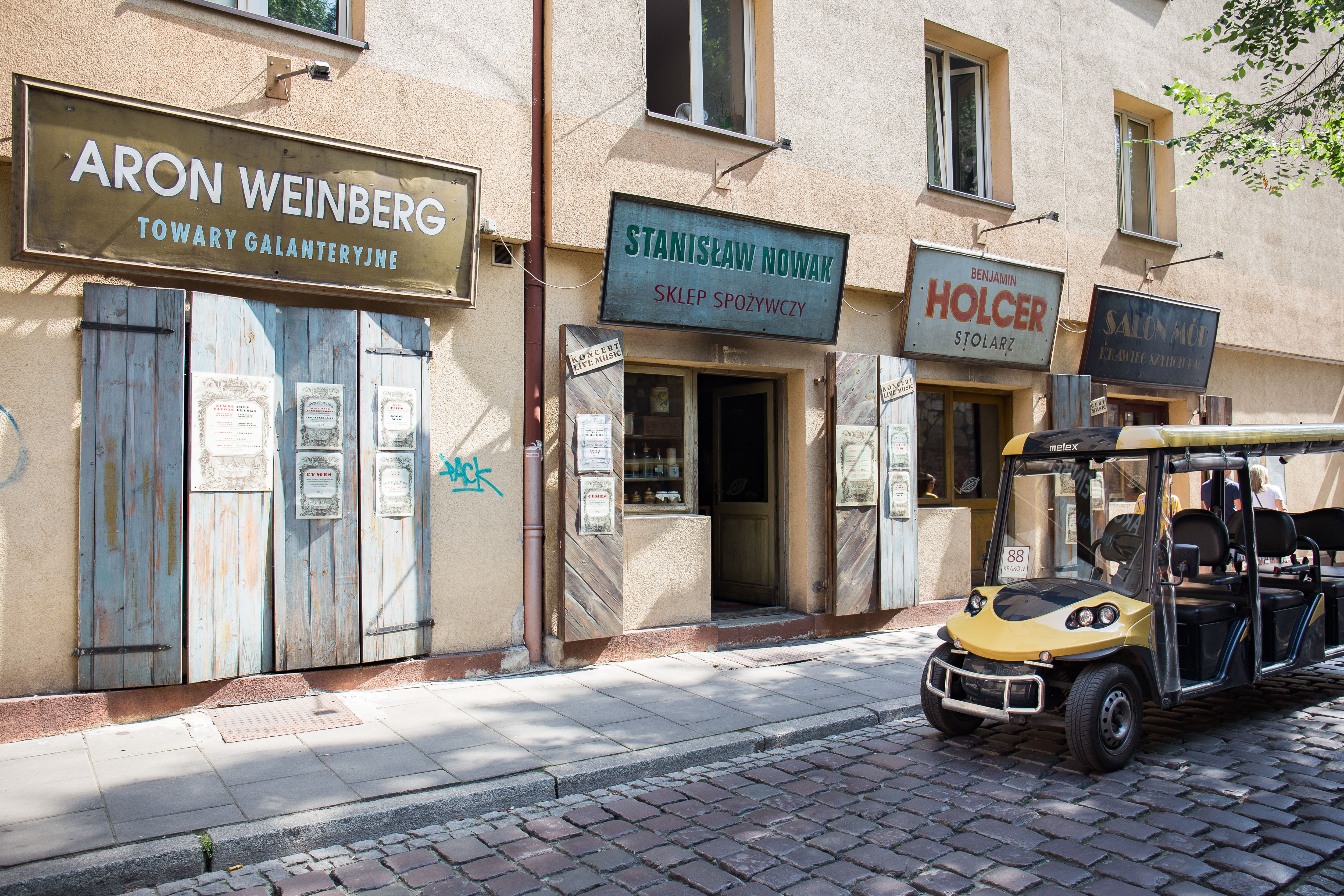
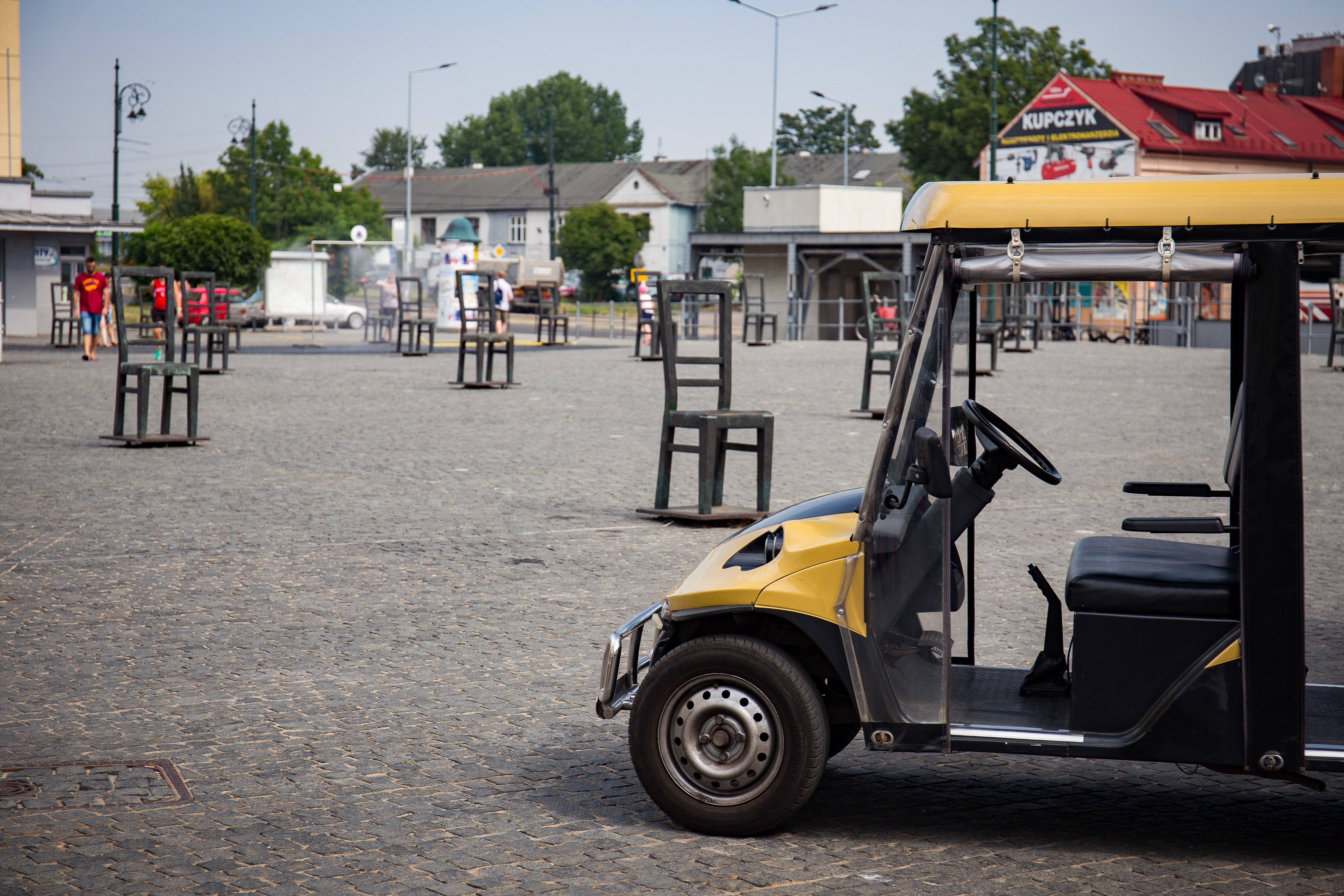
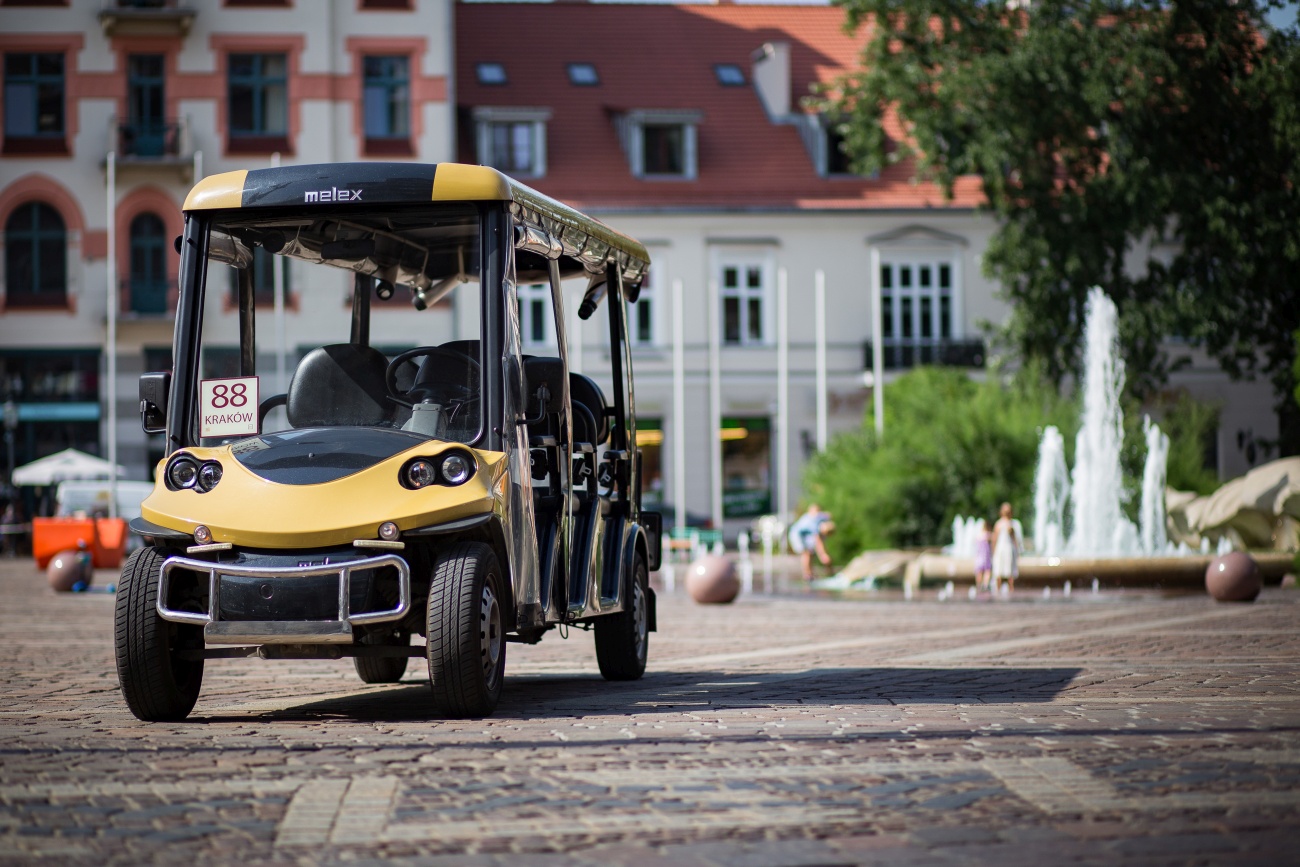
 Duration: 70 min
Duration: 70 min